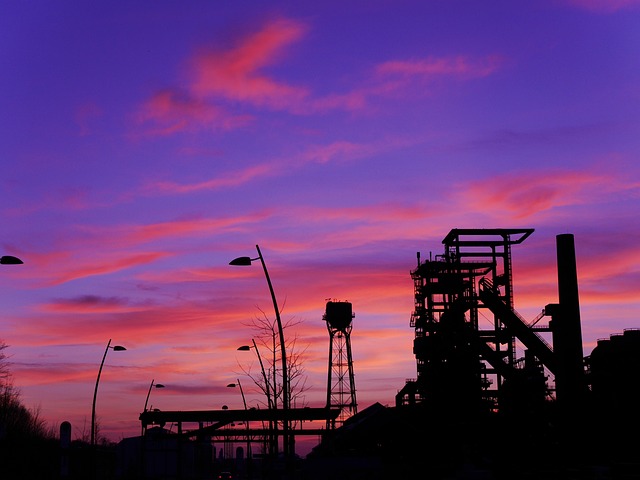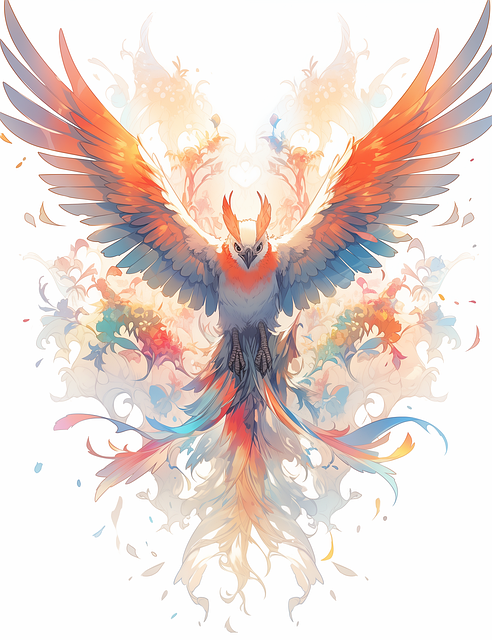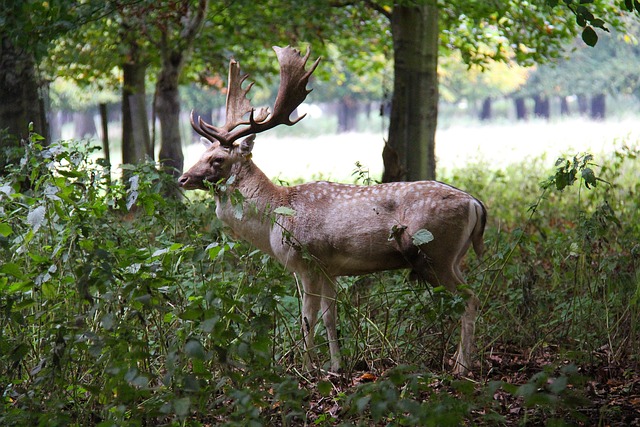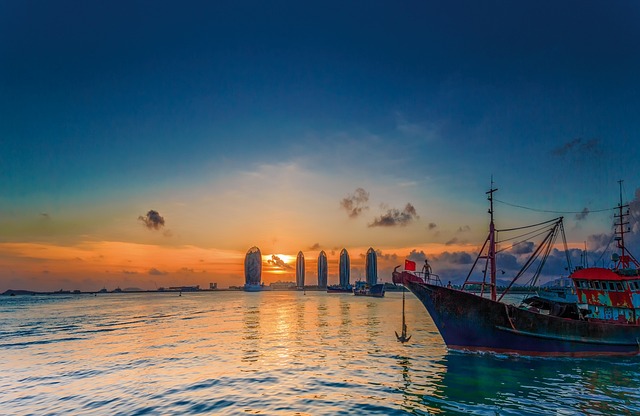“Uncover the vibrant pulse of cities through their dynamic cultural hubs and diverse art districts. In the realm of real estate, these creative hotspots are not just locations but lifeblood that breathe energy into urban landscapes. From bustling galleries to hidden gems, this exploration delves into how art spaces transform neighborhoods, attract diverse communities, and forge unique identities. Discover the impact, trends, and opportunities shaping these cultural hubs.”
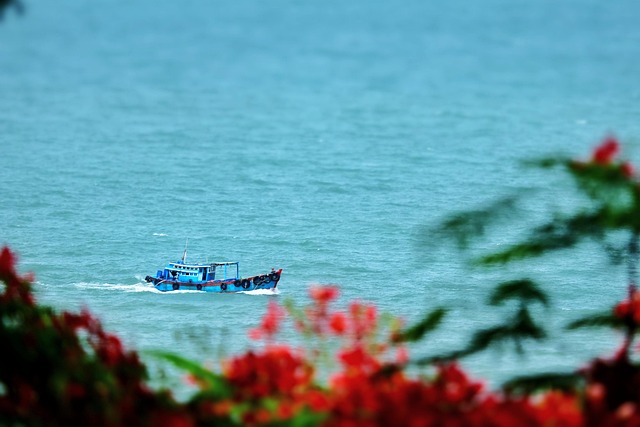
Cultural hubs and diverse art districts have become increasingly sought-after in today’s real estate market. These vibrant communities, often nestled within urban centers, offer a unique blend of creativity, history, and community engagement. They attract artists, designers, and culture enthusiasts alike, driving property values and transforming local landscapes. The integration of artistic spaces, galleries, and performance venues not only enriches the lives of residents but also makes these areas desirable for both living and investing.
Art districts, with their labyrinthine network of creative minds, have become game changers in real estate dynamics. The demand for properties in these hubs is fueled by the desire to immerse oneself in a rich cultural tapestry, where every corner holds a surprise—from whispering galleries to bustling open-air markets. This unique lifestyle, combined with the potential for property appreciation, makes cultural hubs attractive not just for artists but for folks from all walks of life looking to embrace a vibrant and diverse community.
API responded with status code 502.

In the dynamic landscape of urban development, cultural hubs and diverse art districts have emerged as vibrant centers that drive real estate markets. These areas are characterized by a rich tapestry of creativity, where galleries, studios, and cultural institutions coexist, fostering a unique atmosphere that attracts both locals and visitors alike. The organic growth of these districts often mirrors the artistic spirit of their inhabitants, leading to diverse real estate offerings—from historic lofts to modern loft-style apartments, catering to artists, professionals, and urban enthusiasts.
API responses, while integral to today’s digital era, sometimes present challenges, such as status code 502 (Bad Gateway), indicating a temporary issue with connectivity. However, these districts’ inherent appeal and the growing demand for cultural experiences remain unwavering. As real estate developers recognize the potential of art-centric neighborhoods, we can expect further investment and development, solidifying their positions as desirable destinations where creativity meets community living.
